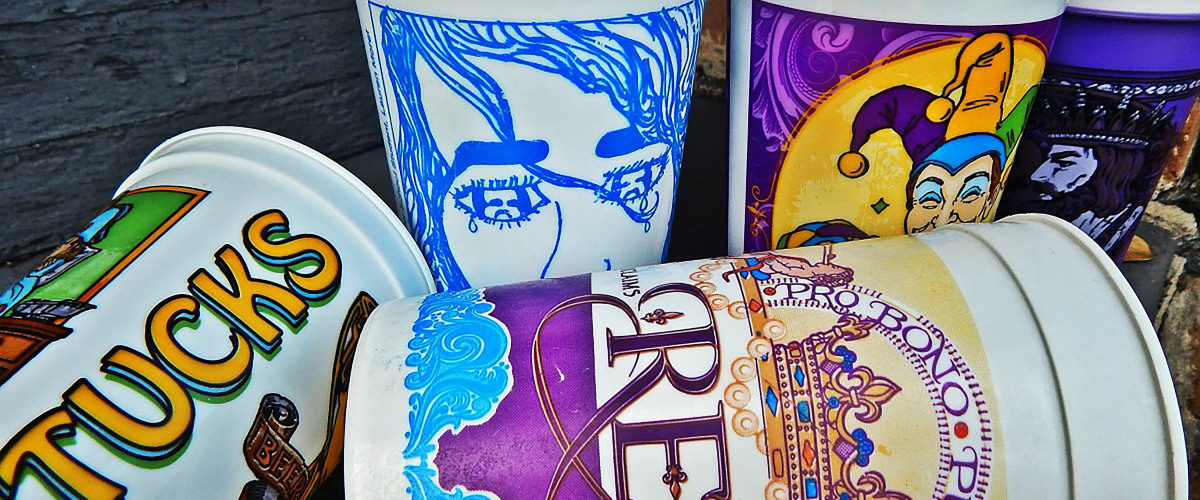Text (traditional foods/folk belief)
“I bought King Cake one year. I thought it was just going to be a slice, but it was big enough for multiple people.”
Context
My informant has attended the Mardi Gras parade twice and tried King cake once when she went with friends.
Q: “What is King Cake?”
A: “King Cake is a large type of cake in a circular shape but hollow in the middle almost like a rope that is decorated in icing and sugar of the Mardi Gras colors: green, gold, and purple. It typically has a tiny toy baby in the center of it that represents baby Jesus and is a symbol of a year of good luck and prosperity to whoever finds it in their slice”
Analysis
King cake during the celebration of Mardi Gras is a collective ritual most people participate in to celebrate and participate in the cultural experience as well as hoping to find the plastic baby looking forward to prosperity in the coming year. Stemming from Frazer’s ideas of belief and sympathetic magic, this shows how non-scientific belief has an influence on the natural world implying good luck and warding off bad energy. It’s a form of homeopathic magic as “like produces like” or finding the baby Jesus produces good luck and prosperity. This custom is rooted in European traditions dating back to the Epiphany, a Christian holiday representative of the Magi visiting baby Jesus. Originally, a baby Jesus figure was hidden in bread and whoever found it would be king or queen for the day. After the spread of this tradition in New Orleans, bakers would add their own spin on the ritual varying decorations and selling the cakes during Mardi Gras season. The cake is very large and meant to be shared and eaten with others as a community bonding ritual that brings people together in celebration and festivities reinforcing communal cultural identity. This is an example of the ways folklore changes through time based on the cultural context of a community. Steering away from medieval societal structures, the context in which the toy baby Jesus was used changed from an aristocratic nature to an uplifting optimistic symbol of luck and prosperity brought by the baby Jesus. Also exemplary of religious folklore, this practice is a for Catholic belief to be communally shared, and enjoyed by festival participants bringing people together to cherish and understand more about the religious custom and how it has evolved through time.

